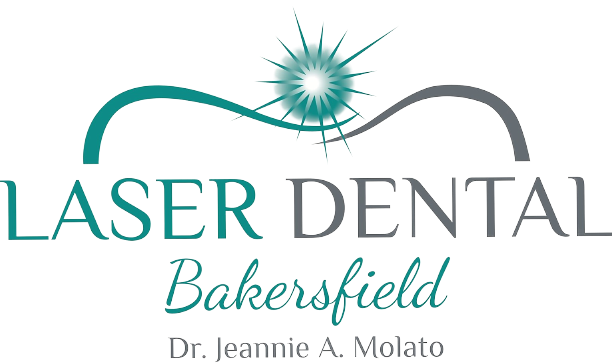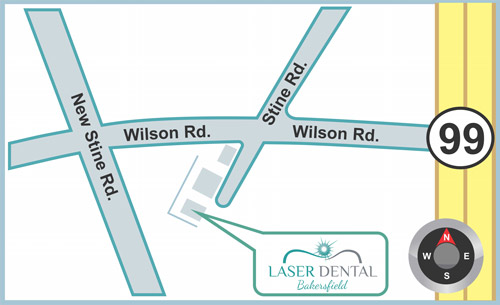Indirect or direct restorations can make a tooth look or function better. The methods are what differ for these two procedures. Severity, location, and damage type determine the suitable option for you. Ultimately, the final decision lies with your dentist, but independent research is a good start before contacting your dentist.
What are Direct Restorations?
Direct restorations are manufactured and finished inside the mouth. A direct approach, like this one, eliminates the need for a dental laboratory. Generally, direct restorations are done in a single consultation and don’t require provisional or temporary restorations.
Fillings are made of silver amalgam or composite resin. These are the most popular direct restorations available. Fillings are, as the name suggests, used to fill cavities that have developed due to tooth decay. Your dentist will extract the decayed tissue and prepare the tooth. Once finished, the dental materials are inserted into the cavity, formed, and cured. Your tooth will return to its standard form by the end of the visit. It is possible to resume regular activity without limitation after this visit.
If your tooth is chipped or cracked, it can be repaired with composite resin generally used in fillings. Dental bonding is a treatment also called composite bonding or cosmetic bonding. The bonding material is mounted, molded, and cured in one sitting. Some veneers are also made from composite resin.
What are Indirect Restorations?
An indirect restoration is created outside the mouth and mounted on the affected tooth. If the dentist has one, a dental laboratory or in-office milling device creates these restorations. Two appointments are needed for the following procedures:
- Crowns – Dental crowns are caps placed over the teeth to correct their shape or mask an injury.
- Dental bridges – A dental bridge replaces one or more missing teeth by permanently affixing a composite tooth to your natural teeth.
- Inlays – An inlay is made of gold, porcelain, or resin used to treat a cavity. An inlay is more significant than a filling and smaller than a crown.
- Onlays – Similar to partial crowns, these indirect restorations are made using impressions of damaged teeth. Instead of fillings, they are cemented in place and provide a more durable solution.
- Veneers – Veneers are thin layers of porcelain placed over teeth. Veneers are removable and not as durable as crowns since they aren’t bonded to the teeth permanently.
Your dentist will take moldings and prepare the tooth for the first appointment. The tooth is prepared by removing decayed or damaged tissue before the healthy tissue is reshaped. Some internal teeth might have to be removed to ensure the crown, inlay, onlay, or veneer fit correctly. This decision primarily depends on the type of restoration you’re getting.
Once the tooth is prepared, an impression or oral scan is taken to provide measurements for the dental lab. Indirect restorations can take weeks, so your dentist will list restrictions to protect the tooth. The restoration is tested to ensure it fits and bonds to the tooth at the second appointment.
Which Procedure is Right for Me?
Indirect restorations cover more surface area than direct restorations. An indirect restoration is also used to treat severe damage or decay. They are often made of materials that offer more protection. Indirect restorations also last longer since they’re made to handle the impact of chewing. Whether you opt for a direct or indirect restoration to restore a damaged tooth, your dentist can help you decide which procedure is better for your situation.










